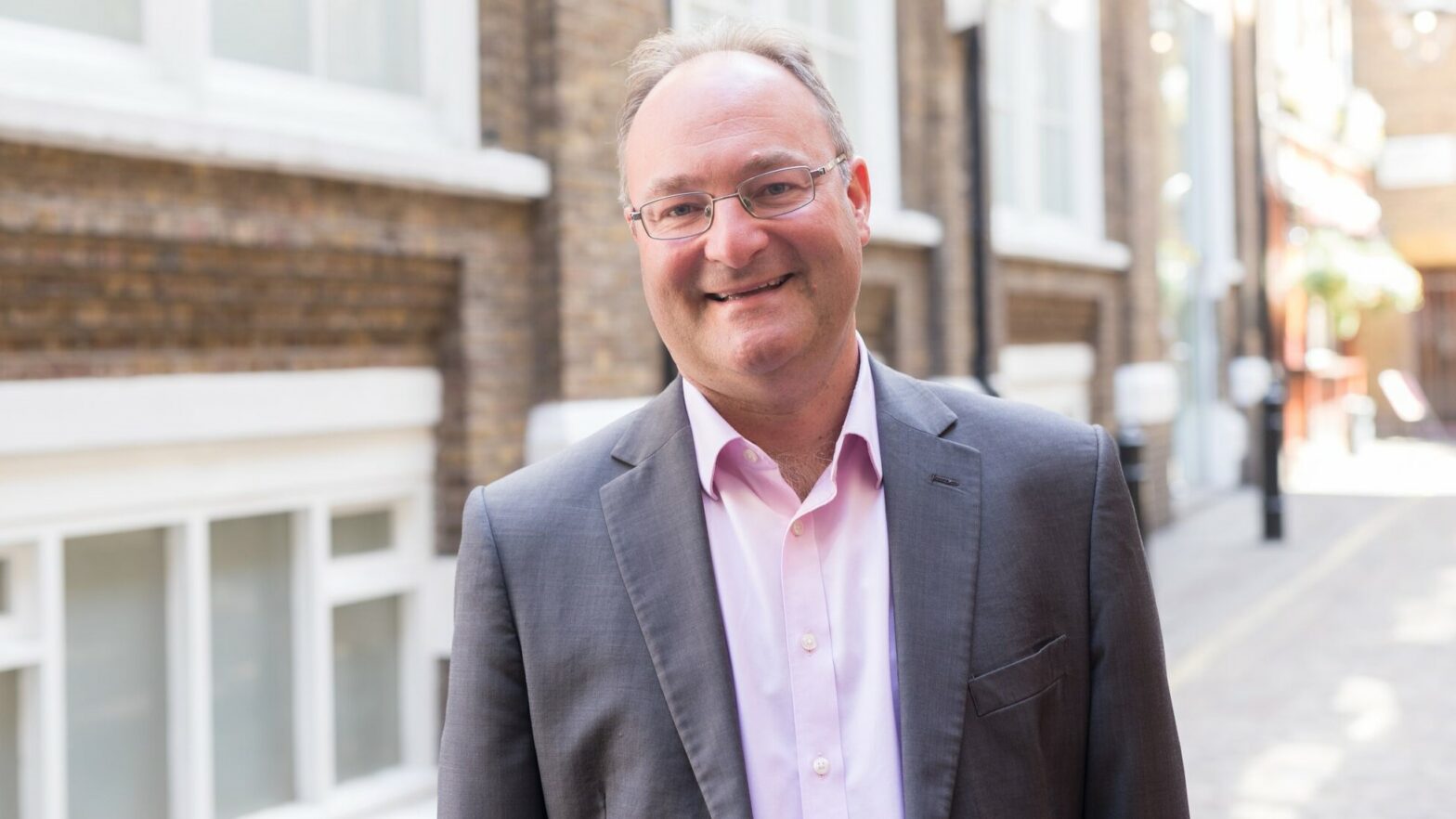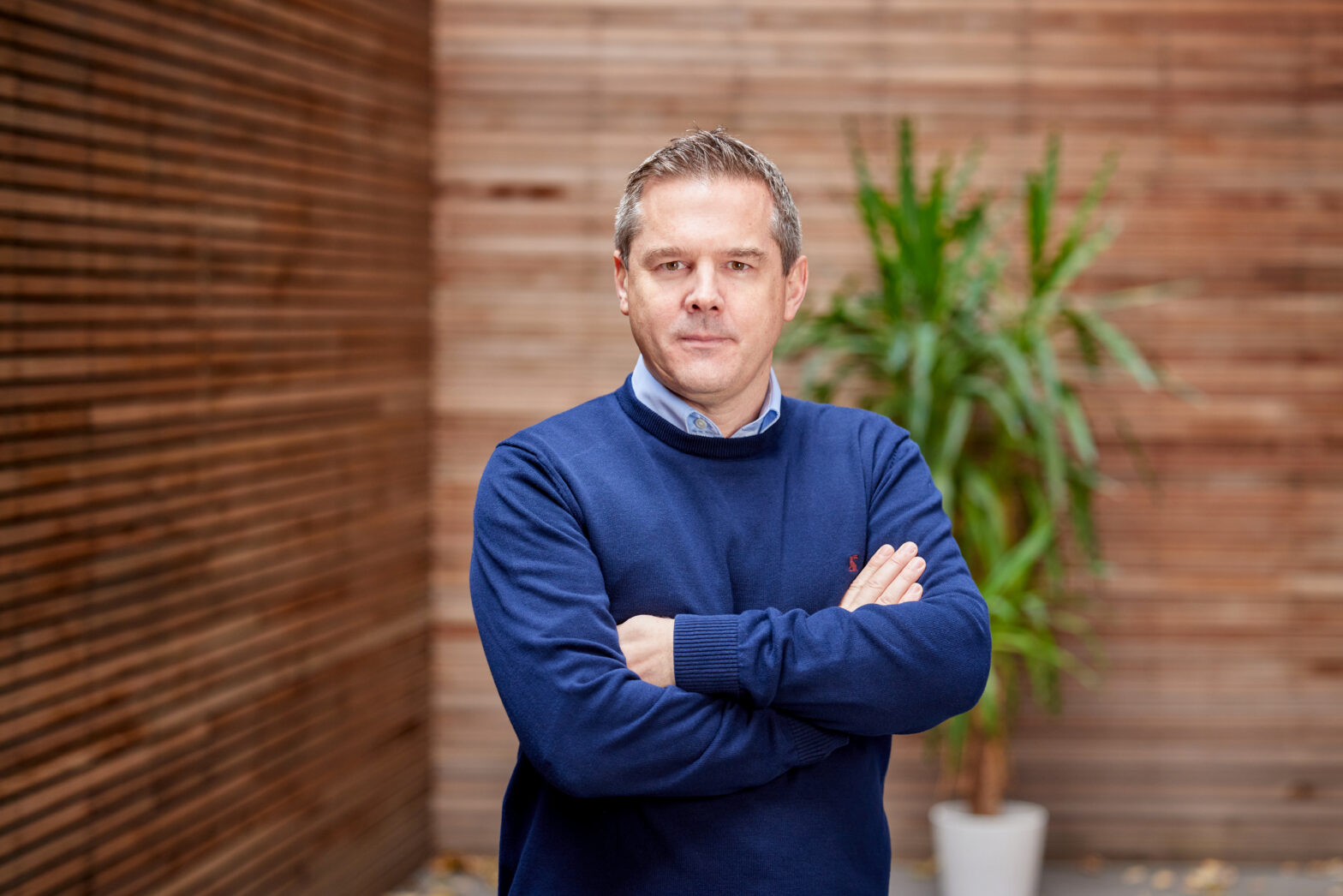British start-ups need to think bigger about their propositions if they want to attract venture capital.
So says Stuart Chapman, managing partner of VC Draper Esprit, the publicly quoted venture capital firm which last week announced it had raised another £110m to invest in tech companies.
The AIM-listed venture capital firm has invested £450m and realised £211m of investments since it went public in 2016. Recent exits include the sale of its shares in Transferwise and Peak Games.
>See also: BGF primes £15bn National Recovery Fund to take stakes in businesses
“Founders need to think bigger,” says Chapman. “Venture capital only works if you can demonstrate the biggest potential market. Venture capital means you have to grow at a certain rate to sustain that equity investment.”
Chapman compares founders looking for venture capital to a kayak shooting down rapids, trying to find the fastest-possible water. If the rapid slows and narrows to a creek, then venture capital is not a good fit because it’s always looks for fast growth, he says. What venture capital is looking for, he argues, are opportunities where your kayak can get out into the ocean – a huge potential market, even if what you started out creating was something niche.
Chapman says: “You do need to be walked through a story that shows how you’re getting into faster and faster water. Say, you’re developing tech for the NHS; you need to demonstrate that the NHS is, in fact, just your pilot customer and that you can then sell into the French health system, for example.”
What VC Draper Esprit invests in
Draper Esprit invests in four tech sectors: enterprise, consumer, digital health and deep tech.
Chapman says he likes to keep its portfolio diverse because although one sector might seem hot today, that might not be true in seven years’ time – the average amount of time Draper Esprit keeps its money tied up for before looking for an exit.
The company only makes a dozen investments each year – six at the seed stage and another half dozen in later funding rounds.
This is despite receiving 3,000 business plans each year, of which 500 progress to a telephone conversation or Zoom call; only around 100 are whittled down to a face-to-face meeting.
Draper Esprit invests around £120m each year across a mixture of seed funds and direct Series A and Series B investment.
Rather than invest directly at seed stage, it puts money into 23 seed funds including including Episode 1, Seedcamp, Stride and IQ Capital. It only works with seed funds that can demonstrate a 3x capital return.
Chapman says: “The reason why we do a fund of funds strategy when it comes to seed funding is because seed is very different. You’re looking at making a number of bets, only a percentage of which will succeed.”
Institutional money is reserved for later, safer funding rounds at Series A, Series B and beyond.
“We look at funding UK technology as an elevator. It starts with friends, family and fools. It goes on to seed investors, then Series A, then Series B. We hope that by investing in seed funds, we can use institutional capital to invest in later rounds,” says Chapman.
>See also: 6 things you should know when you raise Series A finance
Raising more cash
In addition to the institutional investors who have just ploughed another £100m into Draper Esprit, Draper Esprit raises another £30m each year through the Enterprise Investment Scheme (EIS), plus another £10m through Venture Capital Trusts (VCT).
It plans to launch a separate £300m fund to co-invest alongside institutional investors. This new fund will be used to leverage existing institutional money in the larger funding rounds.
Says Chapman: “It will enable Draper Esprit to have a bigger seat at the table. It’s just adding more firepower onto the later stage for us.”
Who VC Draper Esprit wants to hear from
As for the kind of founders Draper Esprit is keen to hear from, Chapman highlights founders in cybersecurity and fintech.
IQ Capital’s portfolio company Thought Machine is singled out as one example. As a company, Thought Machine builds white-label solutions for banks with legacy IT systems. Its clients include Lloyds Banking Group and Standard Chartered.
Says Chapman: “Personally, we’re looking at more of the structural problems of fintech, such as high-street banks hobbled by archaic systems, and less of the consumer side. We do believe there will be a new wave of fintech investing, enabling old legacy systems to be used by modern apps. There’s going to be more innovation behind the wall. Revolutionising the whole banking system is the holy grail.”
Hard to raise money
The current mood in the market is that start-ups are finding it increasingly hard to raise money, as investors take fright and keep their powder dry for later, safer funding rounds. The fear is that many start-ups are running out of cash and out of road.
Chapman says: “I do worry about companies raising capital. Growing revenue is a real challenge in 2020. Founders need to become adept at retelling their story about why their start-up is good to invest in. Capital investors have had an easy time over the last five to six years. They’re going to have to work much harder, not just rely on optimistic graphs and really get under the bonnet of why these are potential good investments.”
Further reading
25 of the most exciting fast growing technology companies in the UK






